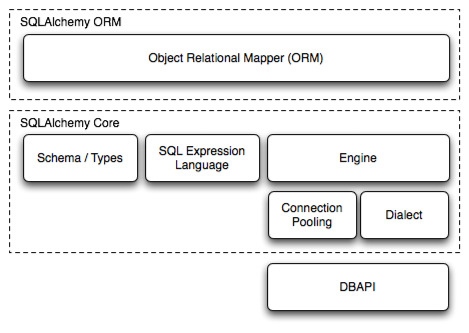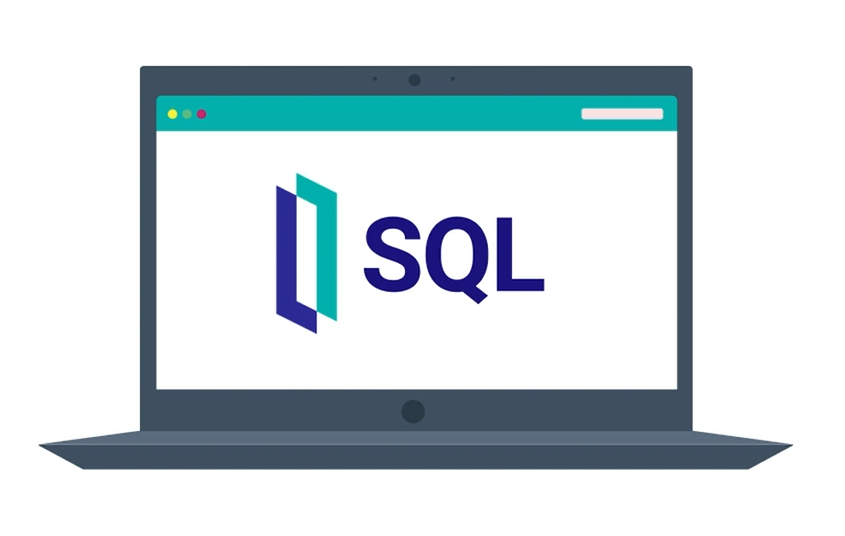Hi, Community!
This article is an overview of SQLAlchemy, so let's begin!
SQLAlchemy is the Python SQL toolkit that serves as a bridge between your Python code and the relational database system of your choice. Created by Michael Bayer, it is currently available as an open-source library under the MIT License. SQLAlchemy supports a wide range of database systems, including PostgreSQL, MySQL, SQLite, Oracle, and Microsoft SQL Server, making it versatile and adaptable to different project requirements.
The SQLAlchemy SQL Toolkit and Object Relational Mapper from a comprehensive set of tools for working with databases and Python. It has several distinct areas of functionality which you can use individually or in various combinations. The major components are illustrated below, with component dependencies organized into layers:




.png)
